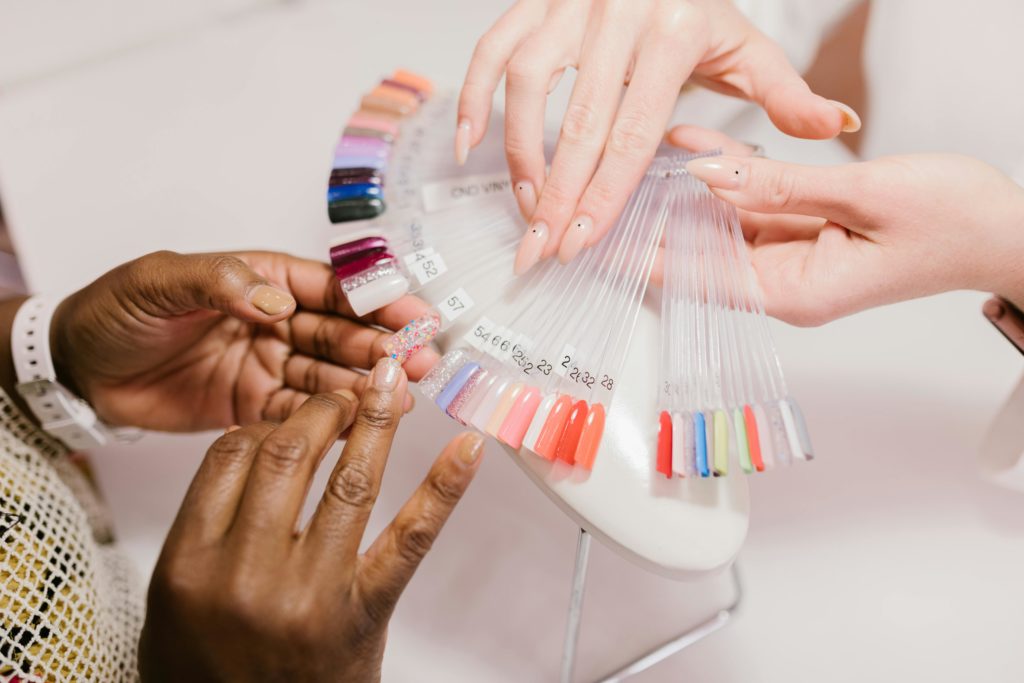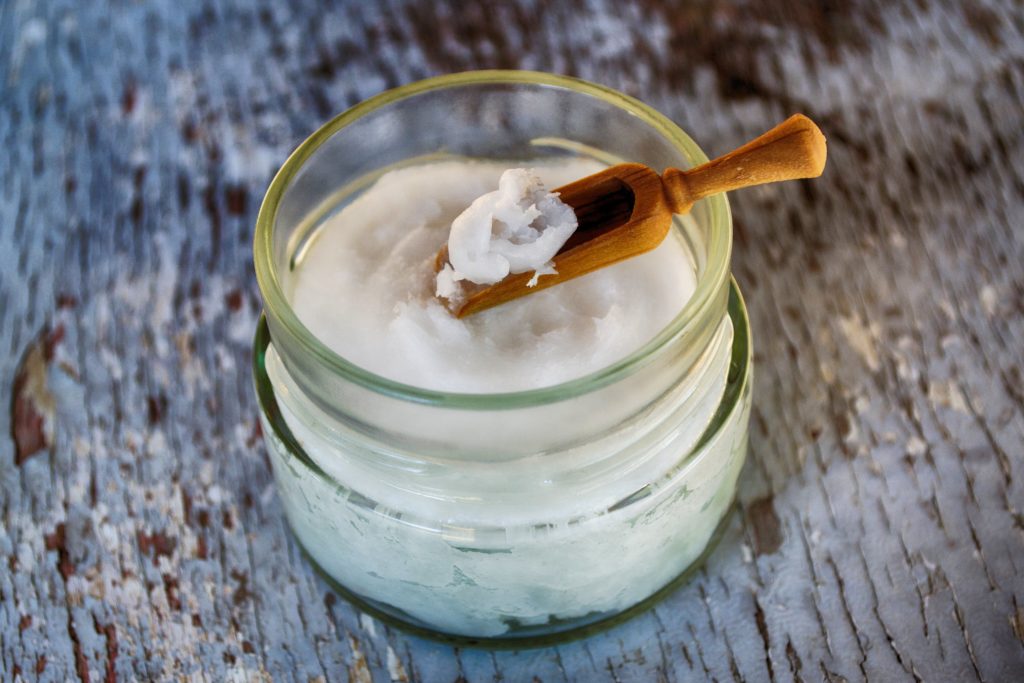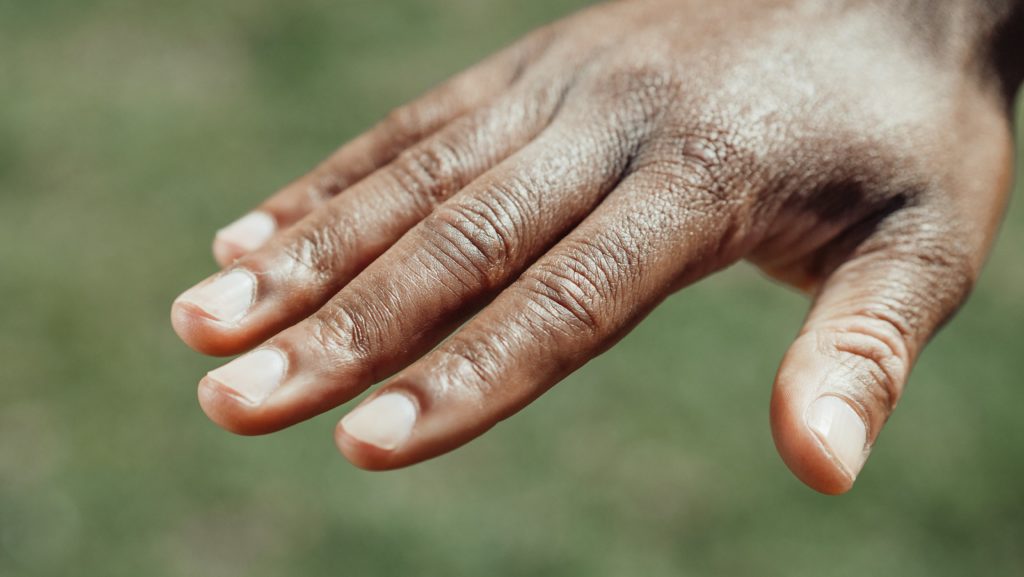Nail artistry is more than just painting nails; it’s a blend of science, creativity, and precision. From intricate designs to flawless finishes, nail technicians utilize a variety of techniques and tools to transform nails into works of art. But behind the dazzling array of colors and patterns lies a fascinating world of chemistry, anatomy, and craftsmanship.
In this article, we’ll explore the science of nail artistry, delving into the techniques and tools that professionals use to create stunning manicures.
The Chemistry of Nail Enhancements
At the heart of nail artistry lies the chemistry of nail enhancements, including acrylics, gels, and dips. These products are formulated using a combination of polymers, monomers, and additives to create durable, long-lasting nail extensions and overlays.
Acrylic nails, for example, are created by combining liquid monomer with a powder polymer to form a thick paste. This paste is then sculpted onto the nail and allowed to harden, resulting in a strong, durable extension that can be shaped and filed to the desired length and style.
Gel nails, on the other hand, are made from a gel-like substance that is cured under a UV or LED lamp. This curing process creates a hard, glossy finish that is resistant to chipping and fading, making gel polish a popular choice for long-lasting manicures.
Nail Art Techniques: From Stamping to Freehand Designs
Once the foundation is laid, nail technicians employ a variety of techniques to create intricate designs and patterns on the nails. These techniques range from simple stamping and stenciling to more advanced freehand painting and embellishments.
Stamping involves transferring pre-designed images onto the nail using a stamping plate and specialized stamping polish. This technique allows for quick and precise application of intricate designs, making it a favorite among nail artists.
Freehand painting, on the other hand, requires a steady hand and a keen eye for detail. Using fine brushes and acrylic paints, nail technicians can create stunning works of art directly on the nail, from delicate flowers to intricate geometric patterns.
Tools of the Trade: Brushes, Dotting Tools, and Beyond
Behind every flawless manicure is a collection of essential tools that nail technicians rely on to achieve perfection. From precision brushes to dotting tools and nail drills, these implements are indispensable for creating intricate designs and achieving professional results.
Fine-detail brushes are essential for freehand painting and intricate designs, allowing nail technicians to create precise lines and intricate patterns with ease. Dotting tools, on the other hand, are used to create dots and small embellishments, adding dimension and interest to the nails.
Nail drills are another essential tool in the nail technician’s arsenal, allowing for efficient shaping, filing, and buffing of the nails. With various attachments and speeds, nail drills provide the versatility and control needed to achieve flawless results.
The Role of Anatomy and Physiology in Nail Care
Understanding the anatomy and physiology of the nails is crucial for nail technicians to provide effective and safe nail care services. From nail bed health to cuticle care, proper nail care techniques can help prevent damage and promote healthy, beautiful nails.
The nail plate, composed of layers of keratinized cells, forms the visible part of the nail and provides protection and support for the delicate nail bed underneath. Proper filing and shaping techniques are essential for maintaining the integrity of the nail plate and preventing breakage and splitting.
The cuticles, located at the base of the nail plate, play a crucial role in protecting the nail matrix and preventing infection. Gentle cuticle care, including moisturizing and pushing back the cuticles, helps maintain healthy nail growth and prevents hangnails and cuticle damage.
Conclusion
Nail artistry is a fascinating blend of science, creativity, and craftsmanship, where chemistry meets artistry to create stunning manicures. From the chemistry of nail enhancements to the precision techniques and essential tools used by nail technicians, there’s a world of beauty and innovation waiting to be explored. Whether you’re a seasoned nail enthusiast or a curious beginner, the science of nail artistry offers endless possibilities for creating beautiful, picture-perfect nails.
FAQs
Q1: Are acrylic nails safe for long-term wear?
Acrylic nails are generally safe when applied and maintained properly by a trained nail technician. However, prolonged and improper use can lead to damage to the natural nails, including weakening and thinning.
Q2: How long does gel polish last compared to regular nail polish?
Gel polish typically lasts longer than regular nail polish, with most gel manicures lasting up to two weeks or more without chipping or fading. Regular nail polish, on the other hand, may start to chip or fade within a few days of application.
Q3: Can I remove gel polish at home?
While it’s possible to remove gel polish at home using acetone and cotton balls or foil wraps, it’s recommended to have gel polish removed professionally by a nail technician to minimize damage to the natural nails.
Q4: What is the best way to care for my nails between manicures?
To maintain healthy nails between manicures, it’s essential to keep the nails clean and moisturized, avoid using harsh chemicals or tools that can cause damage, and practice gentle nail care techniques, such as avoiding excessive filing and buffing.
Q5: Are nail enhancements suitable for everyone?
Nail enhancements such as acrylics and gels may not be suitable for everyone, especially those with certain nail conditions or allergies to the products used. It’s essential to consult with a trained nail technician to determine the best options for your individual needs and preferences.



